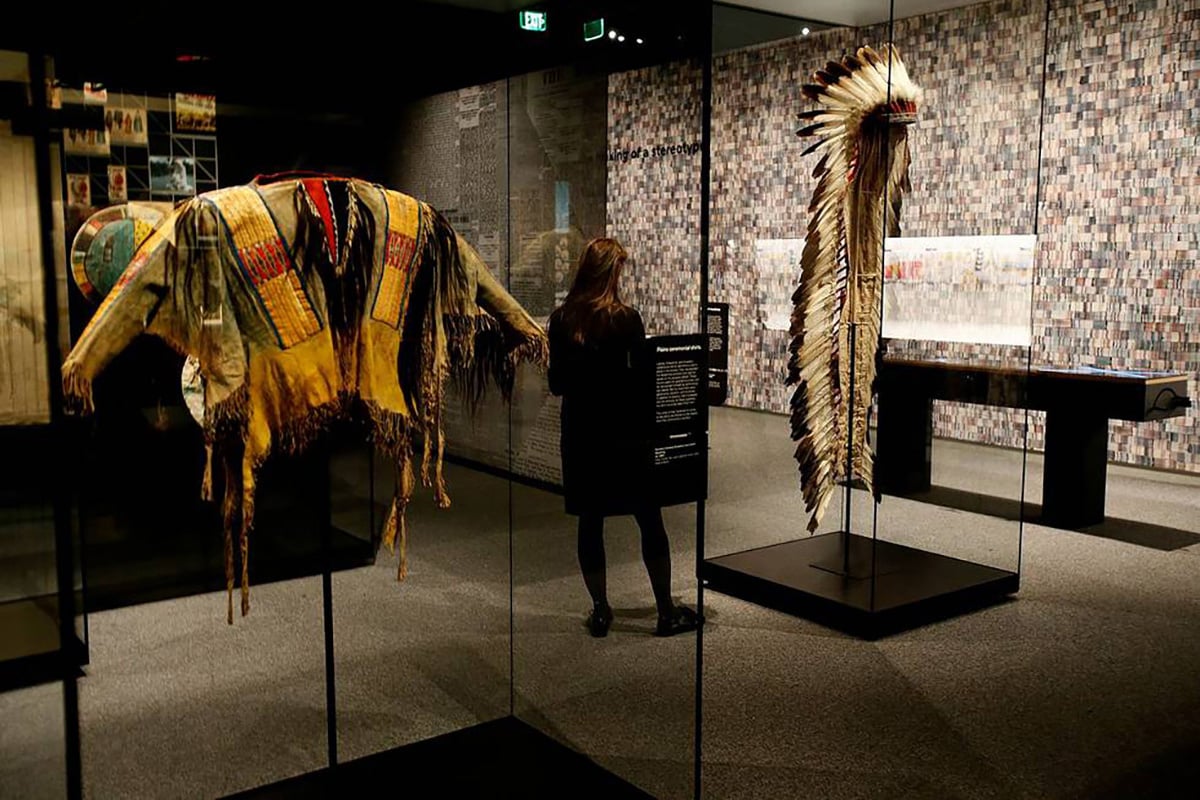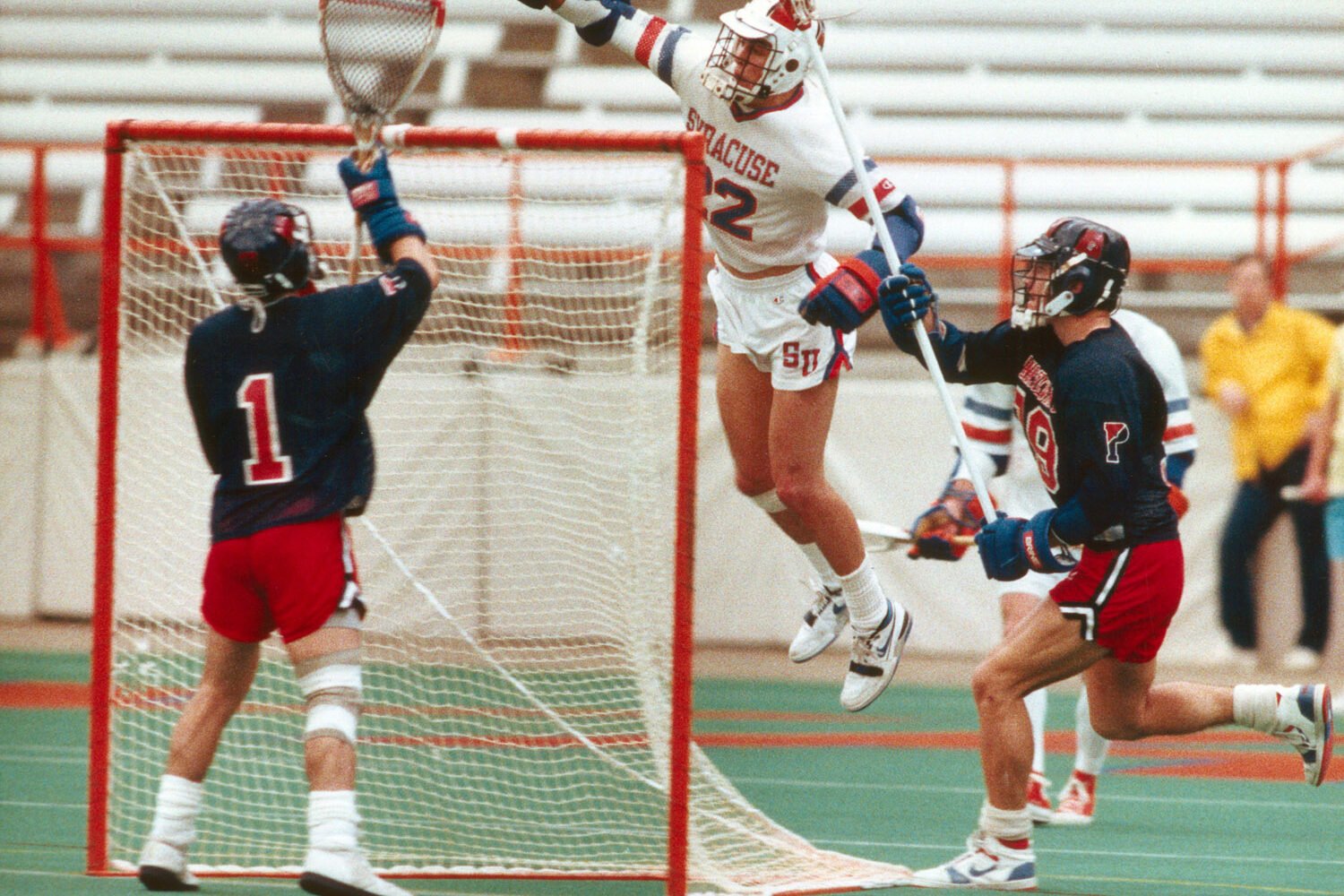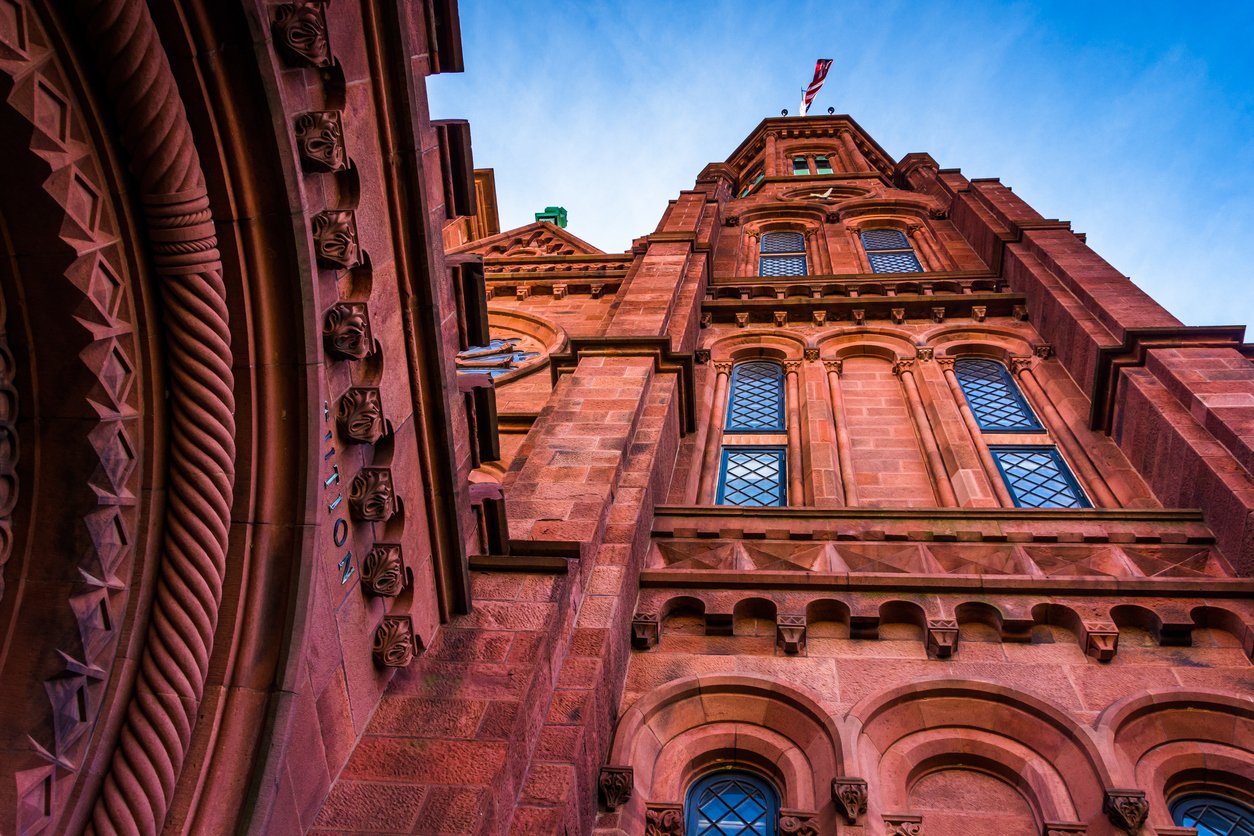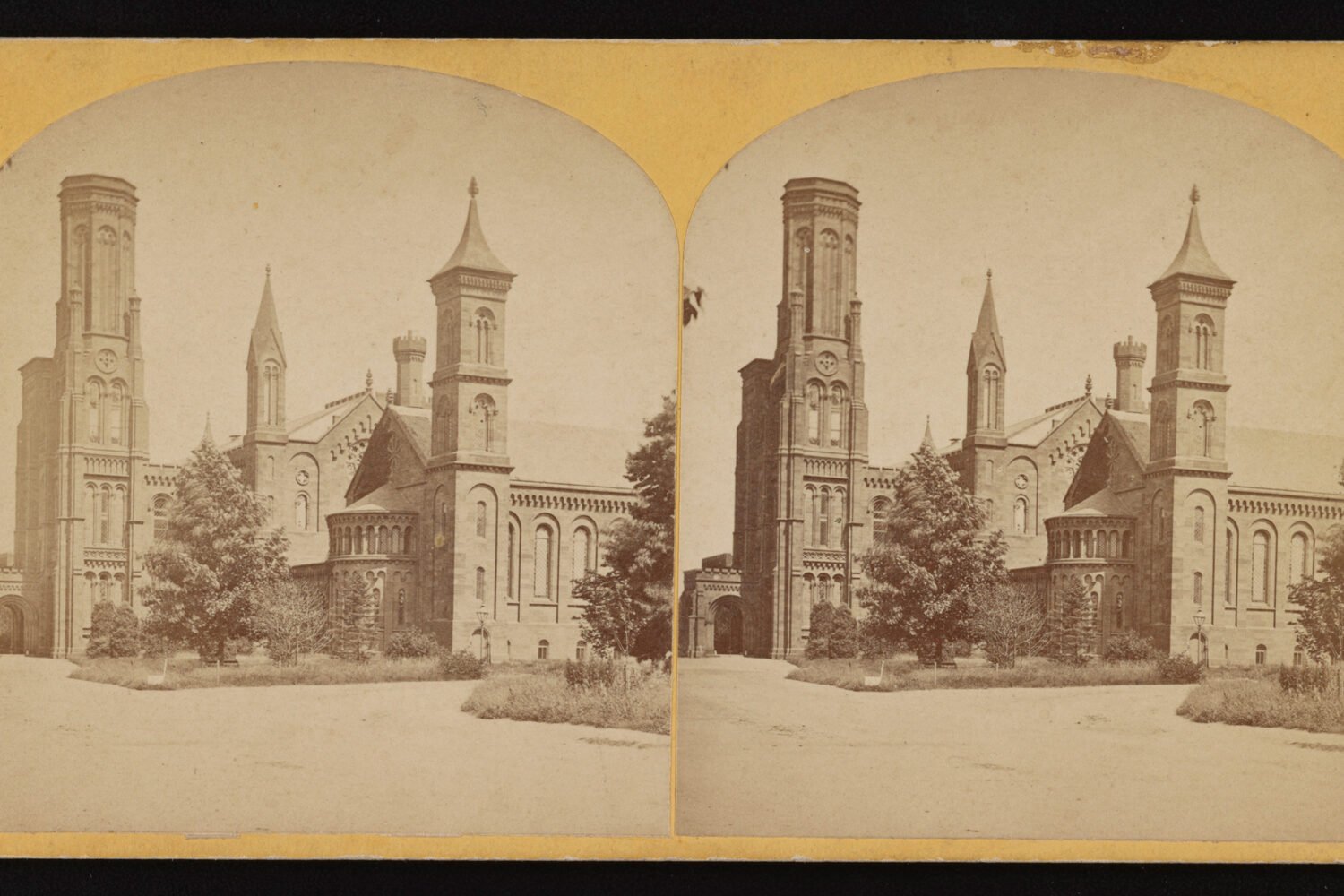New federal regulations requiring museums to obtain consent from tribes before displaying or researching Native American objects has led to the closure of thousands of exhibit space in places like the American Natural History Museum in New York. The regulations, which went into effect on Jan. 12, revised the Native American Graves Protection and Repatriation Act (NAGPRA), an act originally signed into law in 1990. But, this will not affect The Smithsonian’s various museums across DC.
The Smithsonian is under different regulation: the 1989 National Museum of the American Indian Act (NMAI). The NMAI Act was last amended in 1996 and though similar to NAGPRA, differs slightly from the revised regulations. The NMAI Act requires the Smithsonian to inventory and identify the origins of its Native American human remains and objects, and repatriate them to culturally affiliated tribes upon request. It includes the creation of a special committee to oversee this process.
The Smithsonian museums that possess Native objects, namely the National Museum of the American Indian and National Museum of Natural History, feature repatriation departments.
“The National Museum of the American Indian has taken some items off view, but we have done that at the request of the communities,” said Becky Haberacker, public affairs officer for The National Museum of the American Indian (NMAI). “It has not had anything to do with the legislation.”
Unlike the revised NAGPRA regulation, the NMAI Act does not require consent before displaying or possessing a Native cultural object or human remains, though it does lay out specific guidelines for handling of these objects. Under Section 11 of the NMAI Act, the Smithsonian Secretary shall “notify any affected Indian tribe at the earliest opportunity” if the origins of funerary objects or human remains are identified. Additionally, the Secretary shall “return such remains and funerary objects associated to the descendants or tribe” upon request of the descendants or Native tribe.
Haberacker explained that since the NMAI museum opened in 2004, they have always worked closely with Native communities on exhibitions, programming and research.
“That dialogue and consultation has always been a part of the way the [National Museum of the American Indian] works,” Haberacker said. “There haven’t been any changes to the NMAI Act or to the amendment that would say that we should be carrying out our repatriation activities differently. We review our repatriation policy regularly and we make our own updates and changes to it as we need to based on what we learn from consulting with communities.”
The National Museum of Natural History does not currently have any Native American exhibitions. The museum does possess over 30,000 human remains in its storage, according to a 2023 report from The Washington Post. As of August, the Smithsonian has returned only 6,300 of its collected body parts.
“We have full inventories of the human remains in our collection that have been shared with every federal recognized tribe and community in the United States,” said Linda St. Thomas, chief spokesman of the Smithsonian Institution.
St. Thomas clarified that while the Smithsonian is not required by law to consult with tribes before displaying or researching items, they do it anyway.
The revised NAGPRA regulations will also simplify the process for cultural affiliation to provide that one type of information is sufficient, including geographical information. The regulation also replaced “preponderance of the evidence” (which the NMAI Act maintains) with “clearly and reasonably identify.” The NAGPRA law has been previously criticized by tribal representatives for its slow repatriation process.
The National Museum of Natural History, under the NMAI Act, requires that those with a “personal or legal right to the remains issue a formal request” for these items, something that can prove difficult since many are unaware of the items in their storage collection.



















